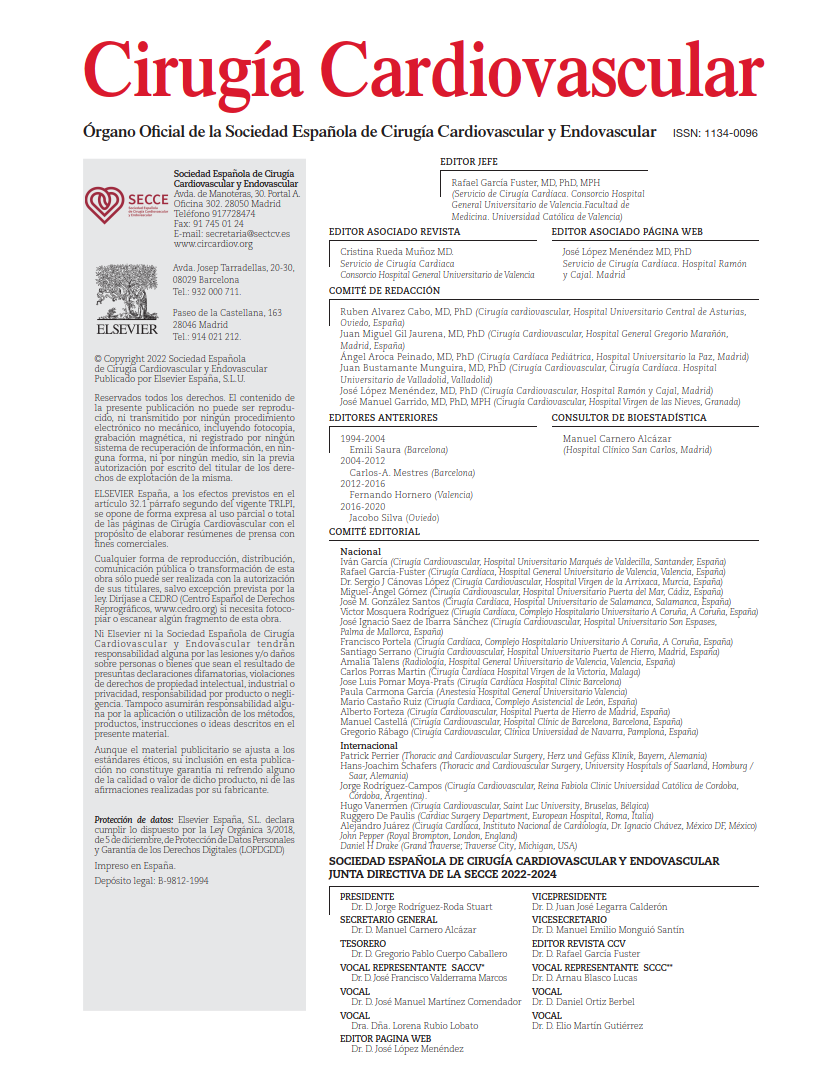
Malignant pericardial effusion: pericardiocentesis or pericardial window?
This single-center retrospective study evaluates clinical outcomes over 20 years, specifically focusing on the recurrence of pericardial effusion and mortality, comparing pericardiocentesis with pericardial window in the treatment of malignant pericardial effusion.
Acute Kidney Failure in Cardiac Surgery: Are Amino Acids Part of the Solution?
A randomized, multicenter clinical trial to assess whether perioperative amino acid administration reduces the incidence of postoperative acute kidney failure.
Coronary Surgery Remains the Treatment of Choice for Left Main Coronary Artery Disease and Multivessel Coronary Disease: A Review of the 2024 European Guidelines
Review Article on Coronary Disease Management as Proposed by the 2024 Clinical Practice Guidelines from the European Society of Cardiology (ESC) for Chronic Coronary Syndrome Management.
Melody prosthesis: Is it an effective alternative as a bridge to mechanical valve replacement in young children?
Updated results on the Melody bovine jugular vein bioprosthesis as a strategy to gain time before definitive prosthetic valve replacement in pediatric patients with non-repairable mitral regurgitation.
The management of secondary mitral regurgitation. A paradigm shift
This commentary addresses a comprehensive review on the current management of secondary mitral regurgitation (sMR).
Minimally invasive surgery for congenital heart disease: an expert commentary
An update on minimally invasive surgery applied to the treatment of congenital heart diseases, authored by Dr. Juan-Miguel Gil-Jaurena.
Will the fate of right coronary revascularization improve with Y-anastomosis?
This retrospective study evaluates the prevalence of competitive flow and the 1-year patency in terminal Y-anastomoses on the right coronary artery (RCA).
Mitral valve replacement in children: five-year outcomes from the HALO trial
This prospective, multicenter, single-arm clinical trial evaluates the efficacy and safety of the 15-mm St. Jude Medical Masters HP® mechanical mitral valve over five years in pediatric patients under five years of age.

